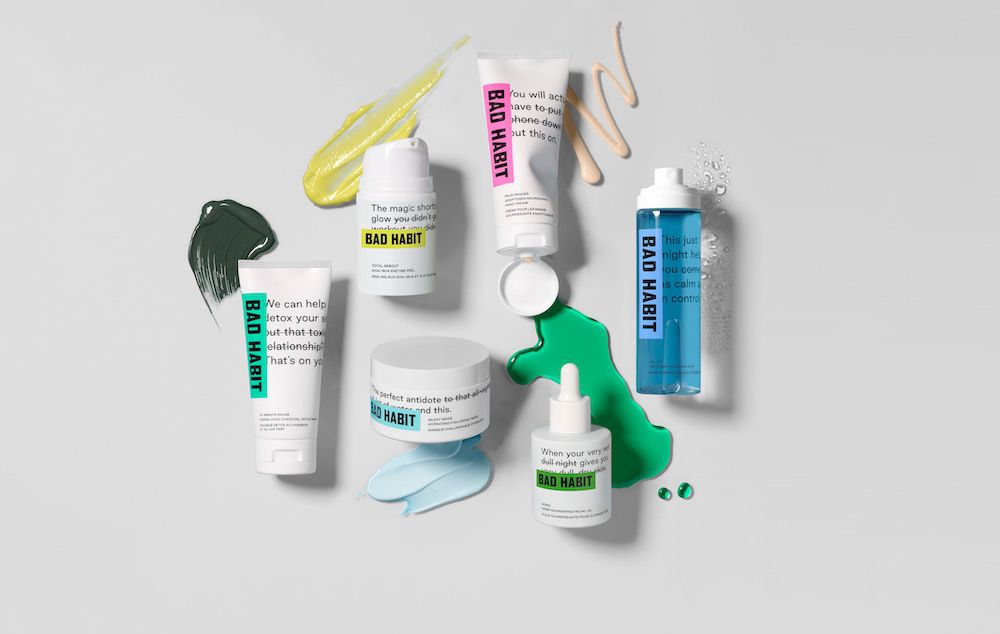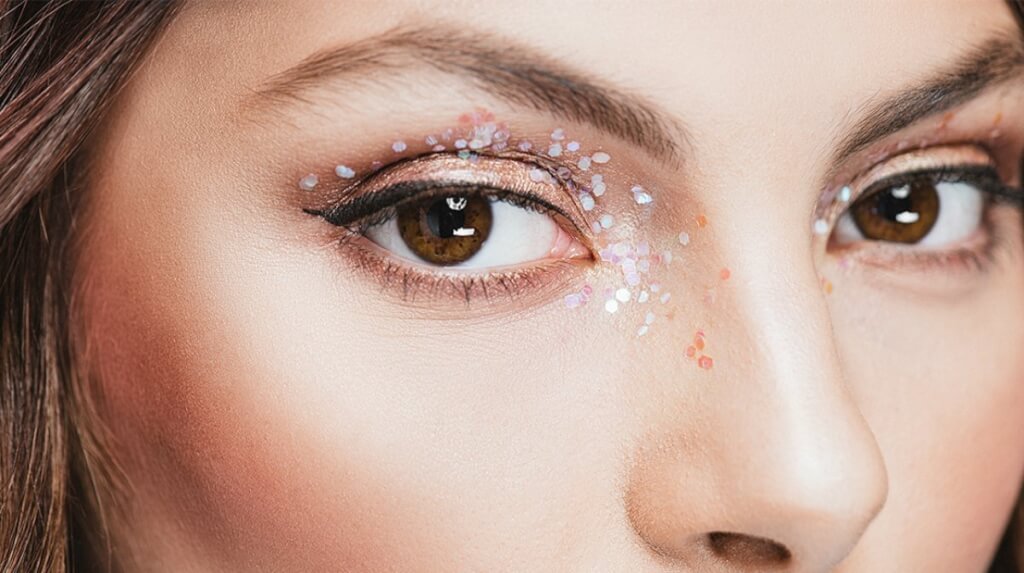Is Niacinamide Better Than Hyaluronic Acid or Vice Versa?
Who doesn’t dream of having clear, plump, glowing skin? Perhaps you’re one of the lucky ones who have this naturally, but if not, there are a few products in this world that can help.
If you read the label of the face washes and cleansers in your cabinet right now, you’ll likely find niacinamide and/or hyaluronic acid on the list of ingredients. Each of these skin care ingredients has healthy and helpful properties for almost every skin type, including dry skin, sensitive skin and oily skin.
While having them mixed into your face washes and skincare serums is good, it’s important to know the ingredient’s potency. For example, between 2 and ten 10% of niacinamide is ideal. For hyaluronic acid, most products don’t exceed 2%.
When comparing niacinamide vs. hyaluronic acid, you’ll see a few differences. However, they’re both quite versatile.
Continue reading to get a better understanding of these little miracles.
What Is Niacinamide?
Nayh-uh-sin-uh-mayd
AKA: Vitamin B3, Nicotinamide
This vitamin is often referred to as a jack of all trades.
It has been proven to:
- Reduce the appearance of pores
- Increase keratin for strong and healthy skin
- Treat hyperpigmentation and even out your skin tone
- Regulate oil production/sebum production
- Increase natural production of ceramides
- Prevent acne
- Soften wrinkles and fine lines
- Reduce inflammation
Because this form of vitamin B3 is water-soluble, it’s important to continue replenishing it. Many foods are high in B3, such as eggs, fish, liver, nuts, seeds, and avocado.
You can have a diet rich in these foods, but the B3 will not constantly be in your system unless you use it topically or ingest enough of it every day.
What Is Hyaluronic Acid?
Hayh-uh-loo-ron-ik As-id
AKA: Hyaluronate Sodium, Hylan, Hyaluronan
Unlike niacinamide, hyaluronic acid is a type of sugar that is naturally produced by our bodies. It functions as a lubricant for your eyes, joints, and connective tissues by binding water and collagen.
This substance has been known to:
- Hydrate skin by retaining moisture
- Reduce wrinkles and fine lines
- Speed up wound healing (including acne)
- Plump skin
- Gives skin a natural glow
As we age, collagen production diminishes, which reduces the elasticity and moisture of our skin. Hyaluronic acid pulls moisture from the air and holds it next to your skin, allowing it to absorb it.
It is always important to seal this acid with a moisturizer to ensure hydrated skin. Because it will pull moisture next to your skin from wherever it can find it, it might even pull it from your skin barrier if it has no other option. If that evaporates, you could be left even drier than before.
What Are the Main Differences?
When comparing these two skincare products, hyaluronic acid vs. niacinamide, the biggest difference you’ll notice is that one is a naturally-occurring sugar, and the other is a water-soluble vitamin.
Secondly, a hyaluronic acid serum is most well-known for moisturizing skin, while niacinamide is more well-known for evening skin tone/skin texture and calming acne-prone skin and breakouts.
Is It Better to Use Hyaluronic Acid or Niacinamide?
When comparing hyaluronic acid vs. niacinamide, deciding which is “better” depends on your desired result.
If you are looking for:
Hydration: Hyaluronic acid is the big winner here. While both of these products help with skin hydration, niacinamide doesn’t hold a candle to its competitor.
The consistency of the HA keeps moisture close to your skin long enough for your skin to absorb it.
Acne Prevention: Niacinamide is best. It regulates oil production and increases the natural production of ceramides, which forms a strong barrier that protects your skin from the elements.
Brightness and Glow: Again, a niacinamide serum is a better option. While the HA will give your skin a dewy, hydrated glow, niacinamide reduces pores’ appearance and controls hyperpigmentation just like Vitamin C serums do.
Anti-Aging: This is a tough call. Both of these options are antioxidants and great for reducing the appearance of fine lines and wrinkles and improving the overall appearance of your skin.
However, hyaluronic acid has a plumping effect that takes years off your appearance and reduces the signs of aging.
Can You Use Niacinamide and Hyaluronic Acid Together?
Talk about a power couple! Yes, you can absolutely use these products together.
It is recommended to use hyaluronic acid first, let it sit for about twenty minutes (if you can), then apply the niacinamide, let it sit for a few minutes (again, if possible), then continue with your routine.
Another great way to work both of these powerhouses into your routine is to use one in the morning and one at night.
I recommend using the niacinamide at night, followed by a light moisturizer, and then using the HA in the morning, followed by a light moisturizer.
Is It Possible to Use Too Much of These Products?
Yes. If you have multiple products that you use daily that contain one, or both, of these products, your skin may become red and irritable.
As with any new cosmetic, it is best to start slowly, introducing one new product at a time.
Once you can see how your skin responds, you can try adding in a new product or perhaps using the same one twice a day.
Conclusion
Just by reading this article, it’s clear that you’re looking for a skincare routine to brighten, hydrate, plump, and beautify your skin…. And you are off to a great start!
These two products are life-changing.
Remember, when comparing niacinamide vs. hyaluronic acid, there are a few big differences, but overall, they work great together.
Start with one product, see how your skin responds, and then try adding in the other. You’ll be glowing in no time.











